In a small vibrant village full of markets, storefronts and colorful buildings, we partner with a small family-run natural dyeing facility. Located on the first level of the owner's home, the workshop is intimate and offers a personal glimpse into the life of these master artisans. Our hand-spun yarns are hand-dyed at a family-run workshop using natural minerals and plants. Many hues are created using a combination of indigo (blue), chebula (black), madder (red) and pomegranate (yellow).

The dyeing process consists of preparing the raw yarns by soaking and washing to release their natural starches, making them more color absorbent. The circular ropes of thread are put onto metal rods and introduced to the carefully measured and prepared vats of dye. A repeated process of soaking, flipping, twisting and aerating occurs so the dyeing concentration is consistent. This process is repeated multiple times to achieve the level of color desired. The yarns are then rinsed several times, spun to release excess water and hung to air dry.

Due to the natural process, the resulting fibers have a finished quality that is inherently unique to each batch. The natural dyeing process also has a magical quality that especially shows when indigo is exposed to oxygen; yarns morphing from green to blue. From yarn spinning to dyeing; every phase of the process is critical.
 The vessels that are used throughout the process include handmade cement and brass vats. The brass vessels are individually hammered and are naturally polished through handwashing. At the end of the day, the dye vats are covered and reused, adding more dye paste as necessary to maintain an active color.
The vessels that are used throughout the process include handmade cement and brass vats. The brass vessels are individually hammered and are naturally polished through handwashing. At the end of the day, the dye vats are covered and reused, adding more dye paste as necessary to maintain an active color.
Videographer: Rahul Jain
Words/Photos: Michele Janezic

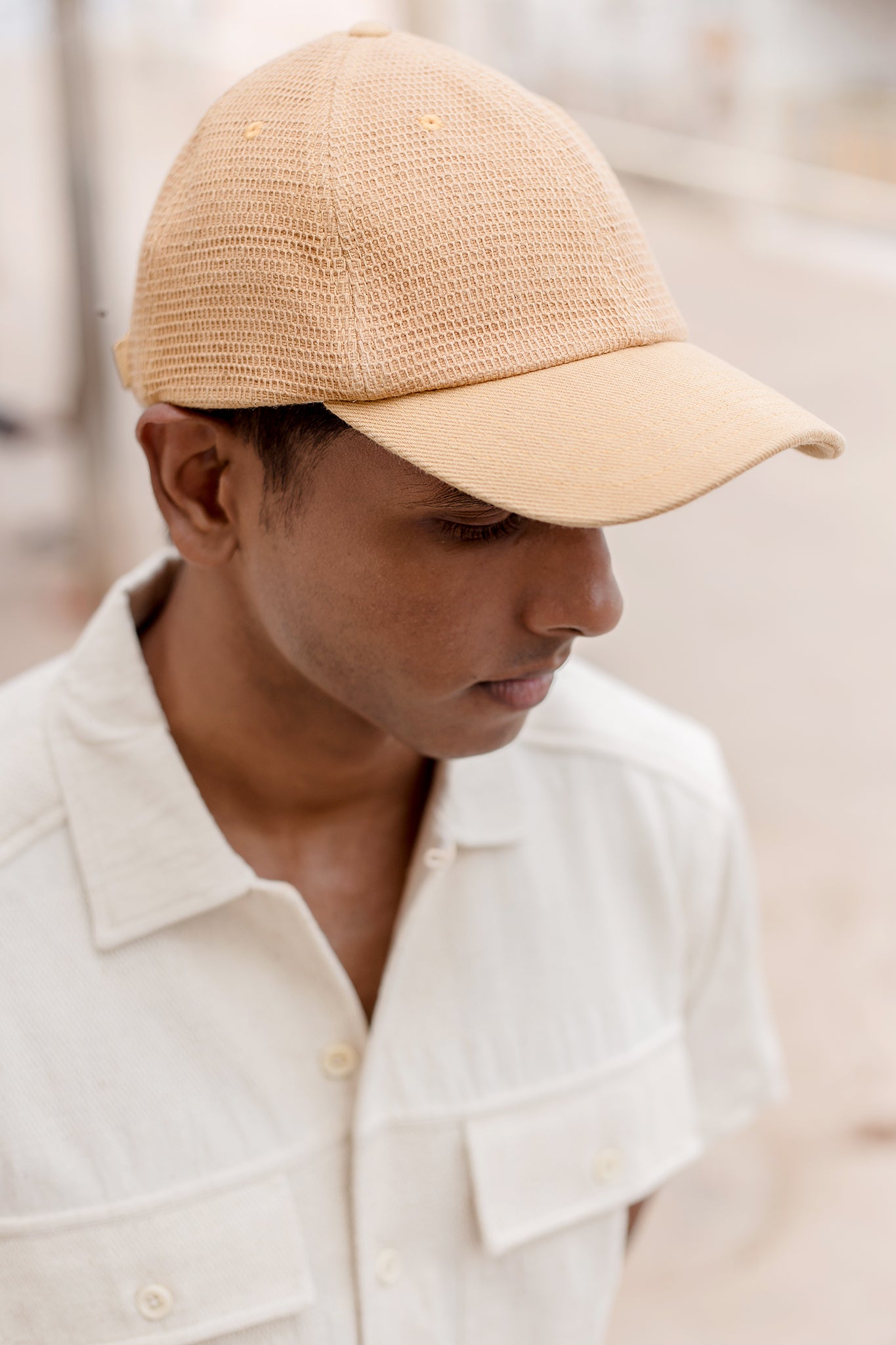
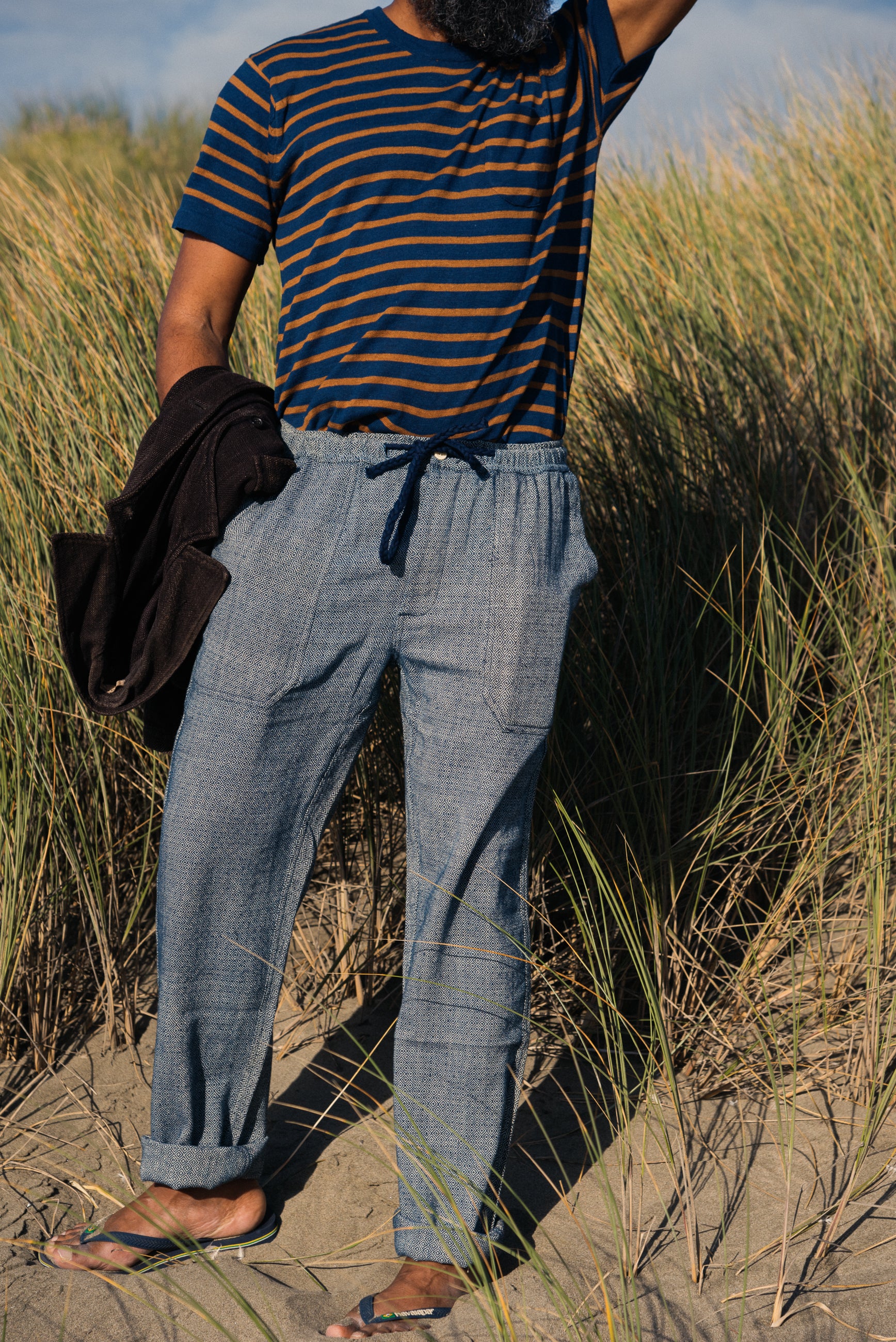
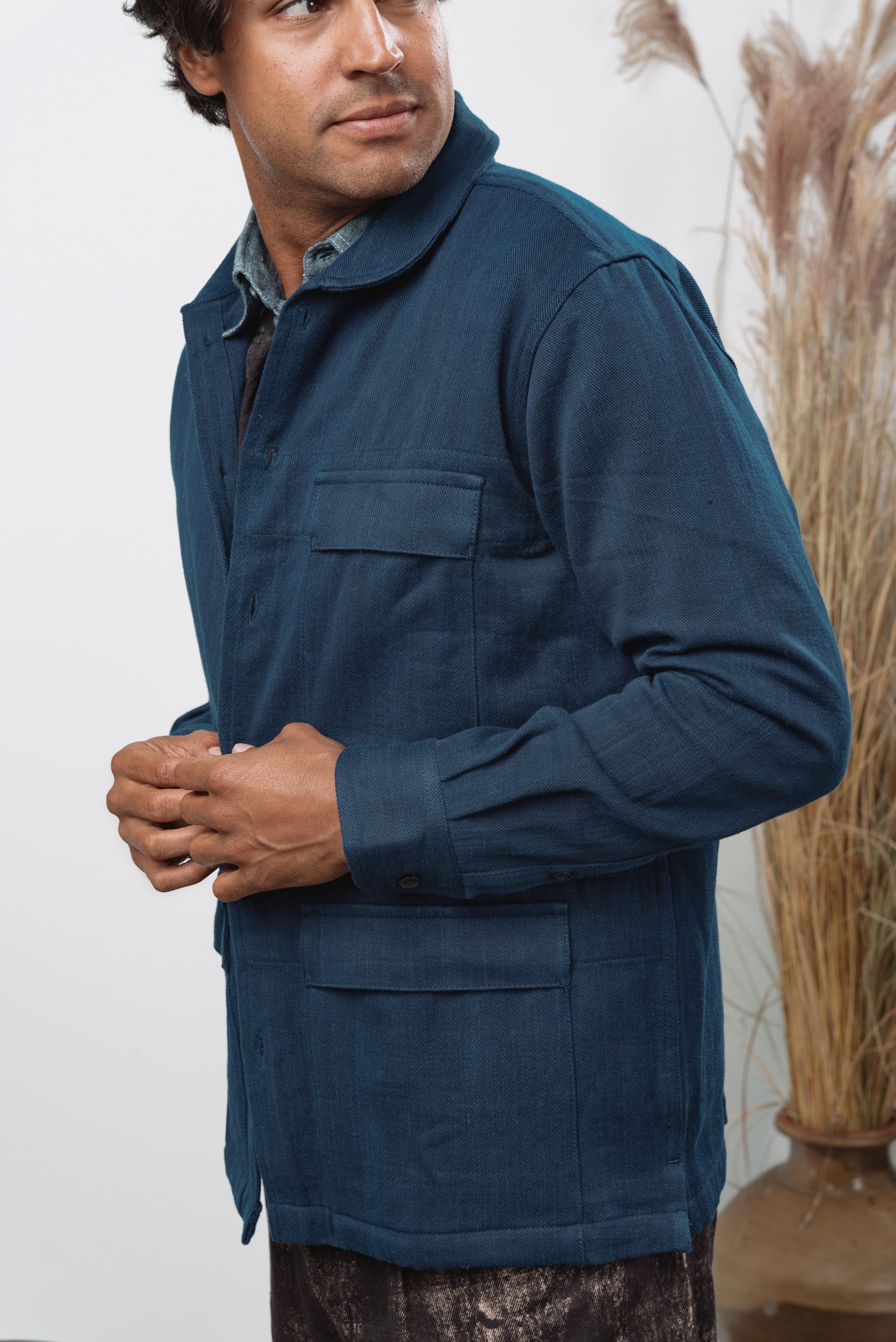
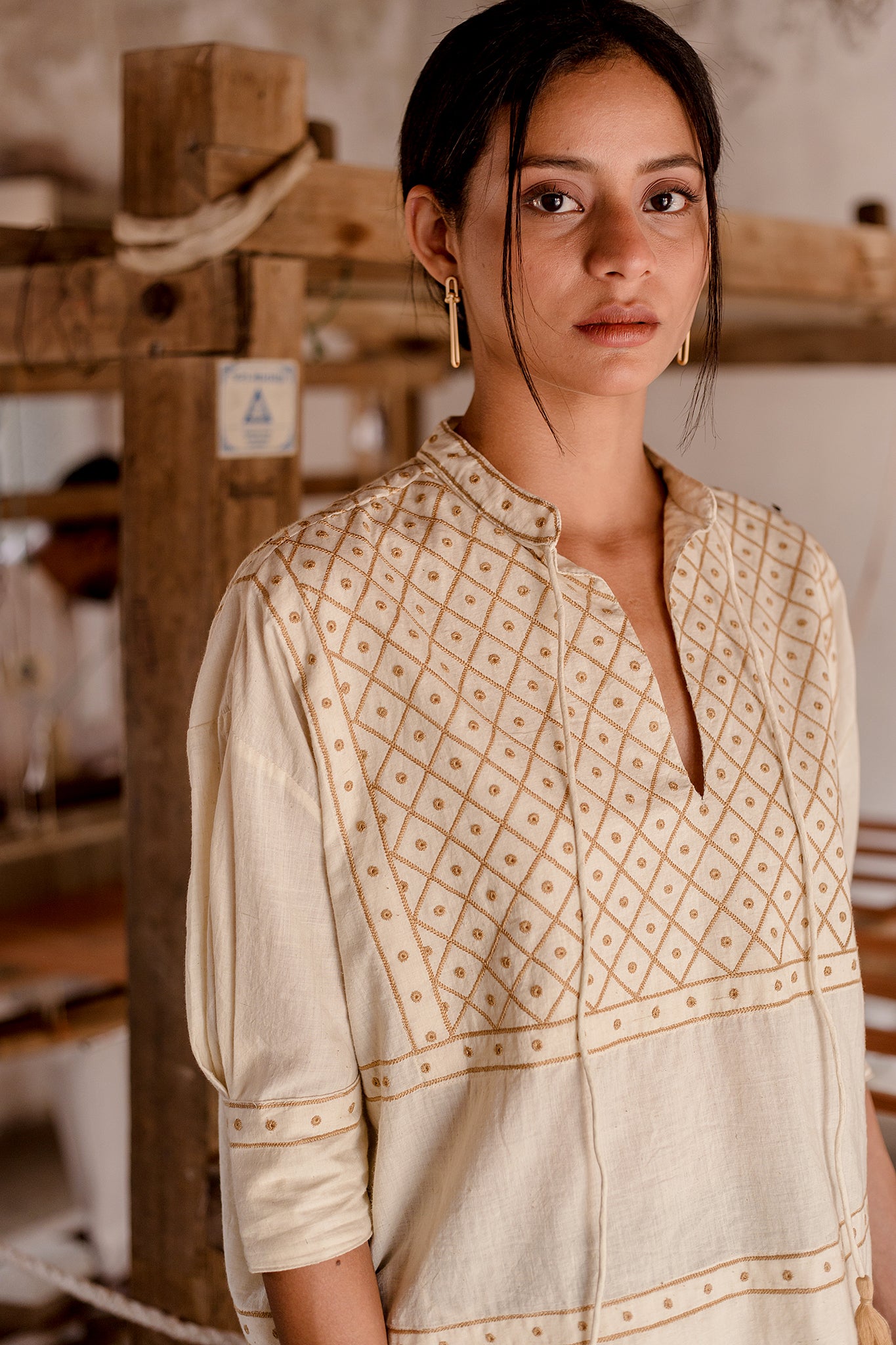
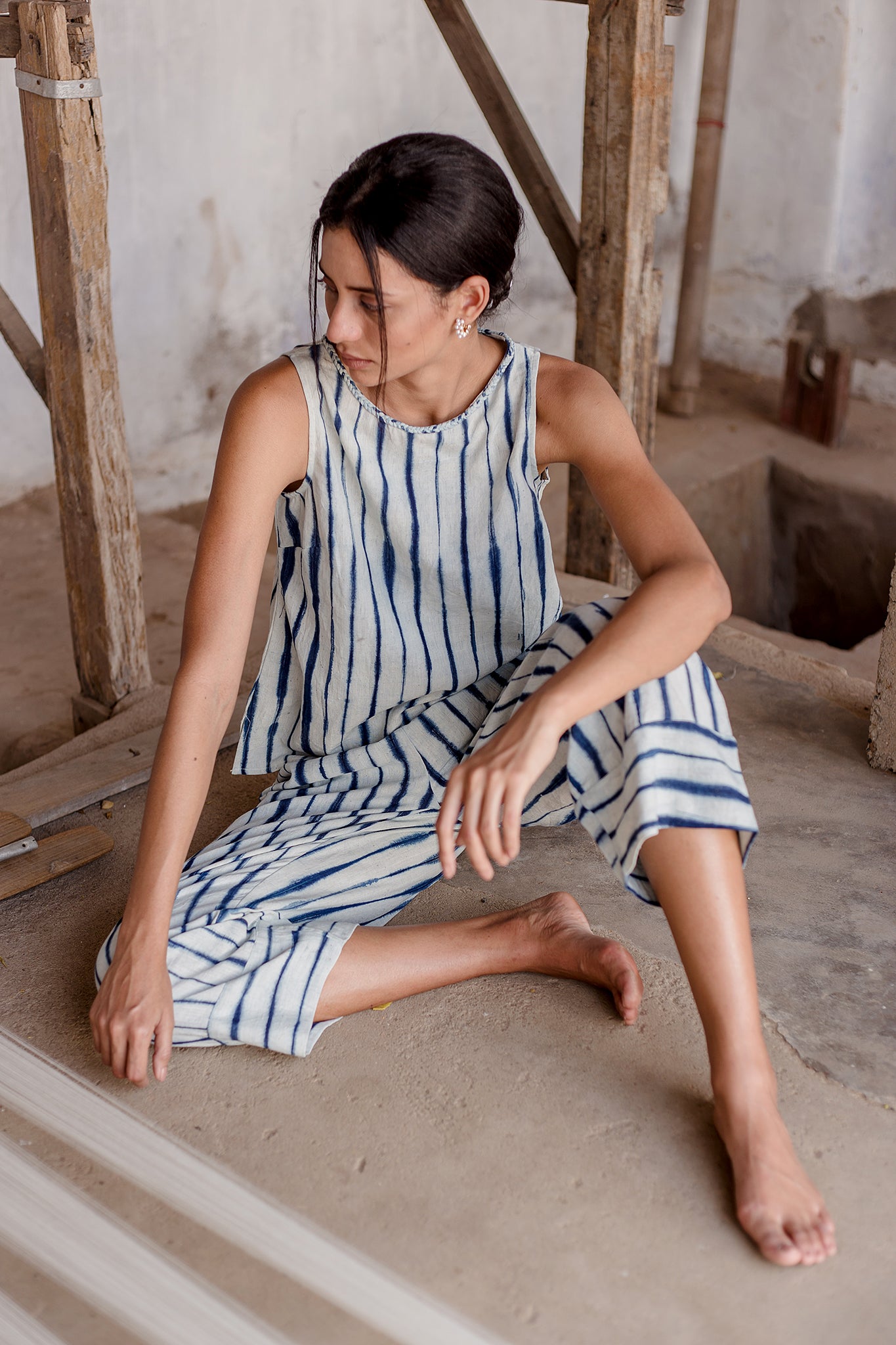
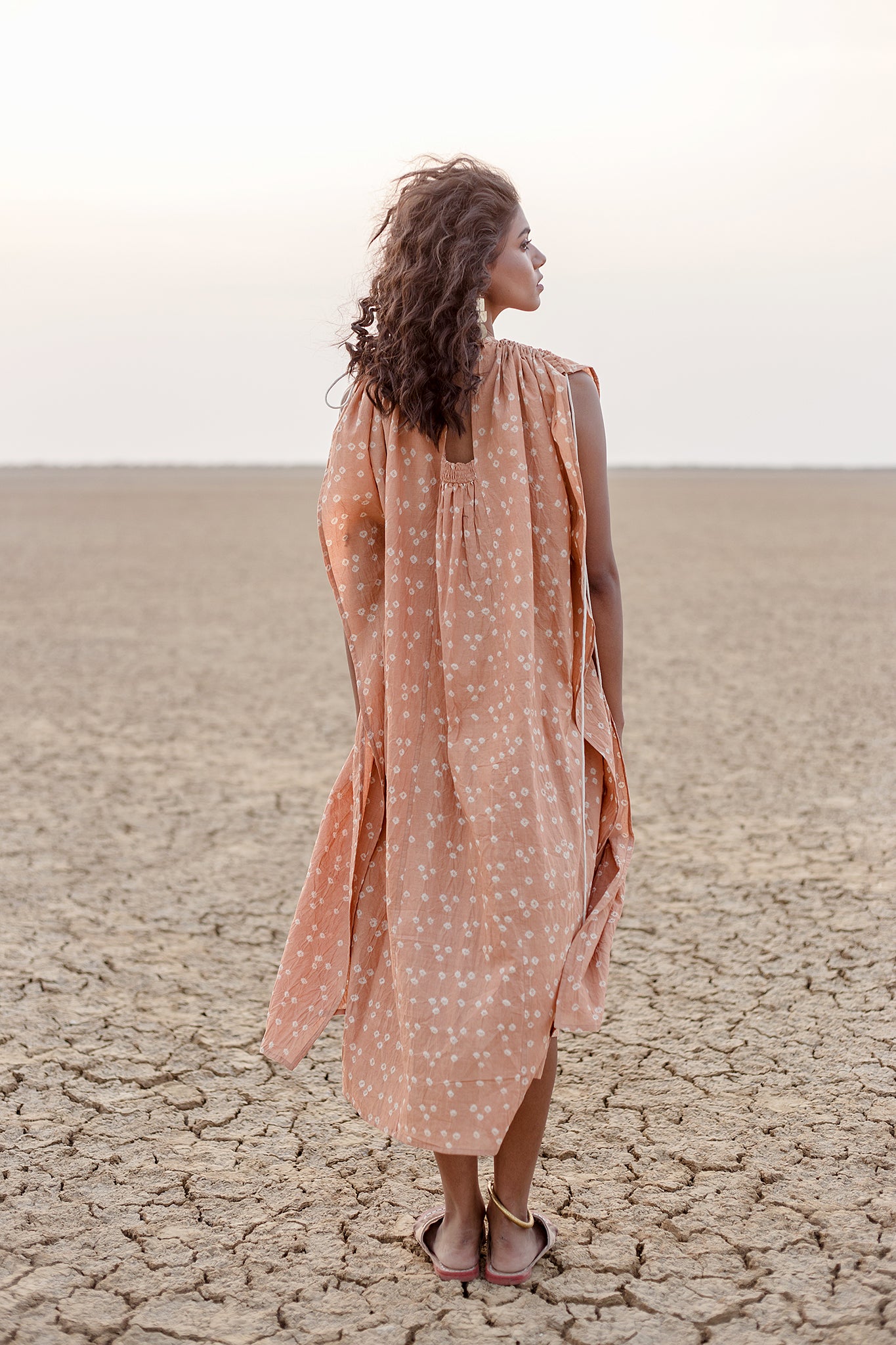

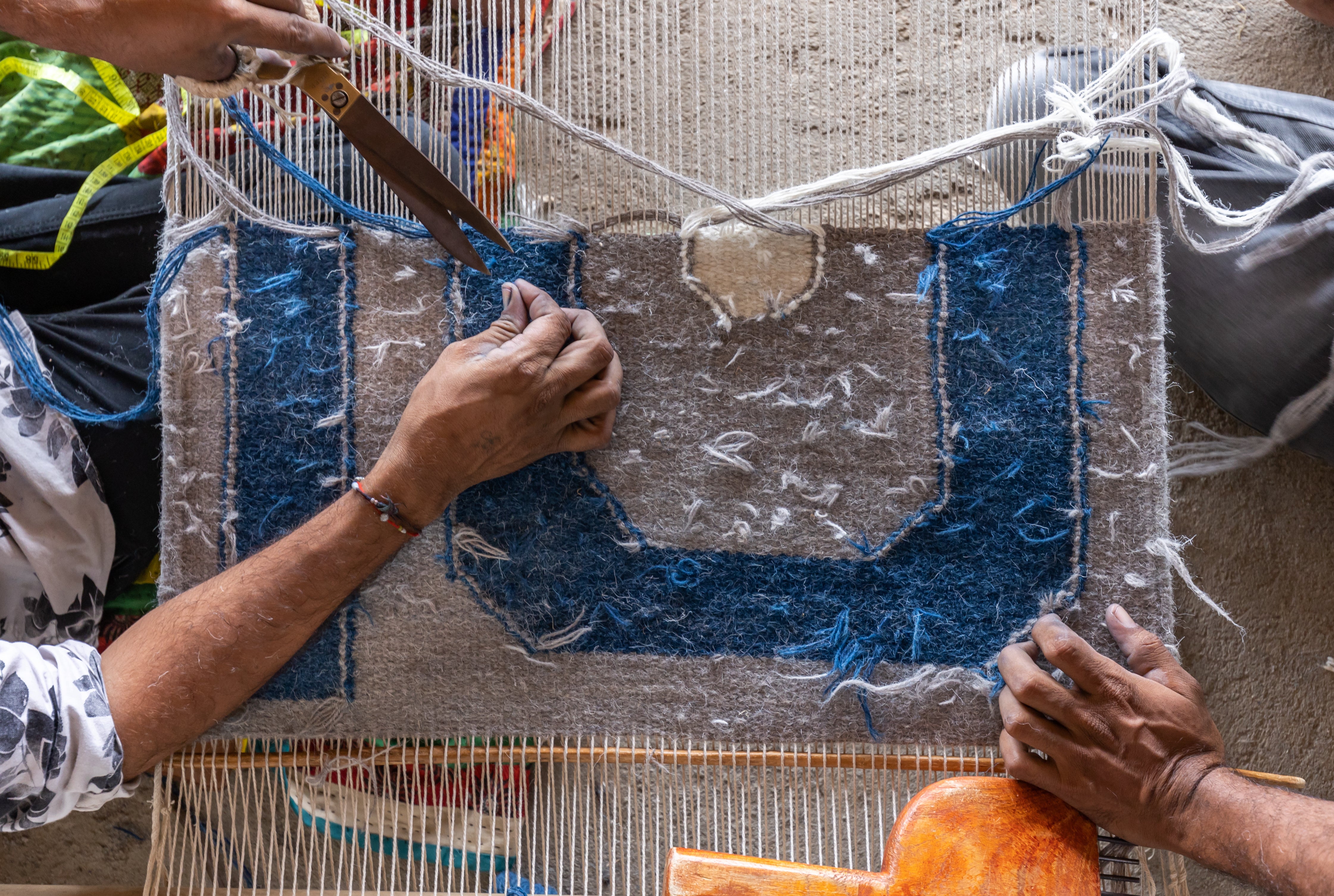
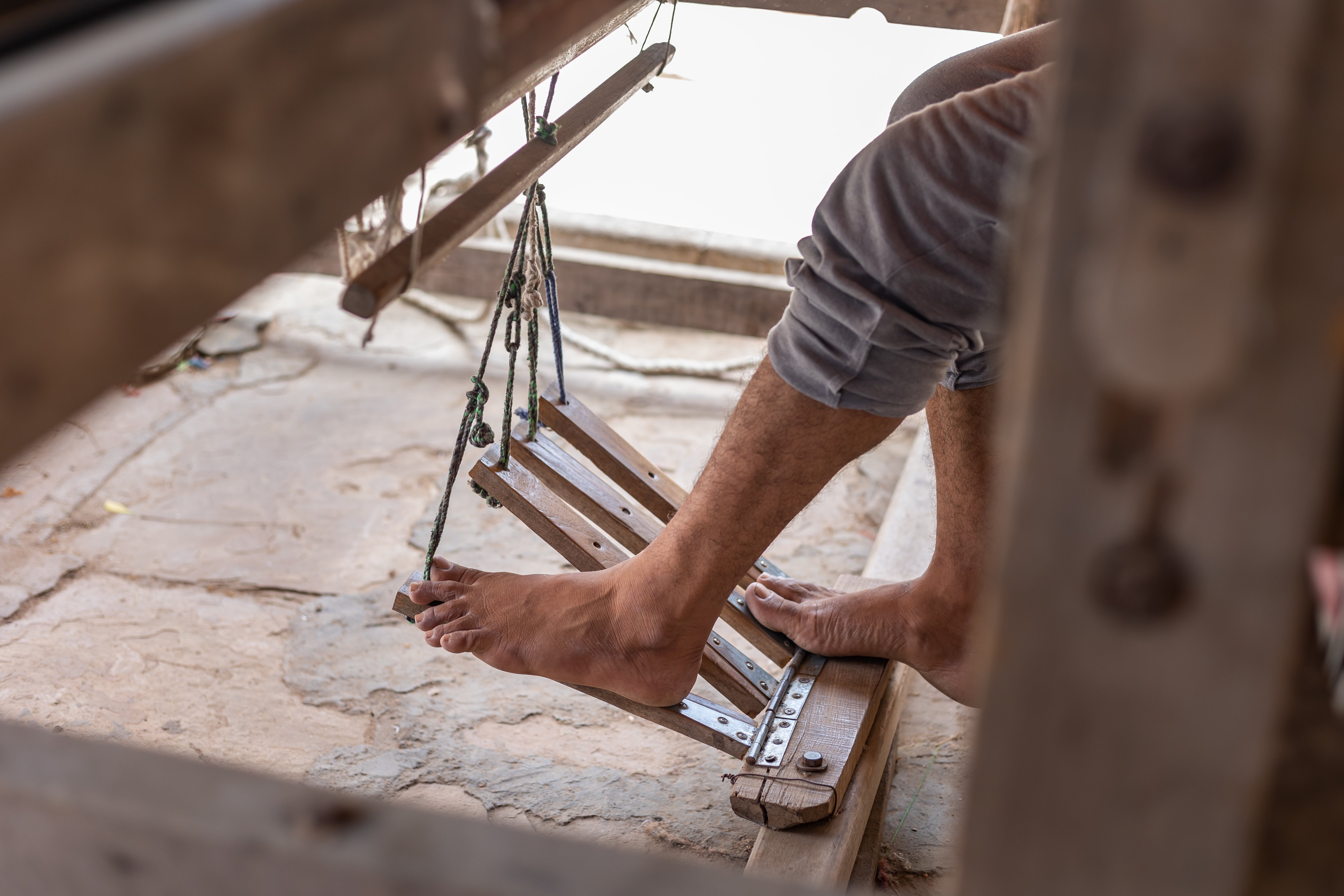
Leave a comment
This site is protected by reCAPTCHA and the Google Privacy Policy and Terms of Service apply.